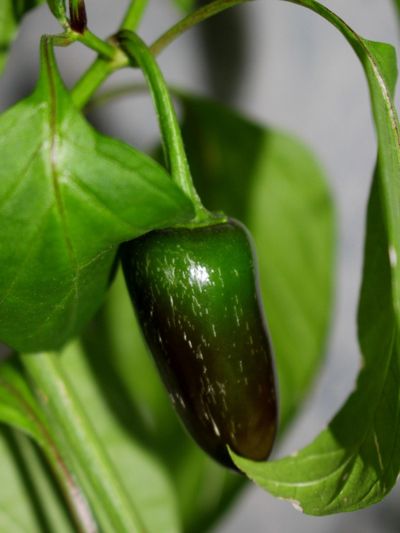What is Corking?
Corking on jalapeño peppers appears as scaring or minor striations on the surface of the pepper skin. When you see jalapeño skin cracking in this manner, it simply means that it needs to stretch to accommodate the rapid growth of the pepper. Sudden rains or any other abundance of water (soaker hoses) combined with plenty of sun will cause the pepper to go on a growth spurt, resulting in corking. This corking process occurs in many types of hot peppers, but not in sweet pepper varieties.
Jalapeño Corking Information
Jalapeños that have corked are not often seen in the American supermarket. This slight blemish is seen as a detriment to the growers here and peppers that have corked are more likely processed into canned foods where the defect is unnoticed. Additionally, the skin of a corked jalapeño may be slightly thicker, which really has no bearing on its quality at all. In other parts of the world and to the true pepper aficionado, slight jalapeño skin cracking is actually a desirable quality and may even garner a higher price than its unmarked siblings. A great indicator for harvesting jalapeños is to go by the “harvest by date” listed on pepper seed packets. The optimum picking date will be given in a range since different varieties of peppers are planted at various times of the year as well as to accommodate variations in USDA growing zones. Most ranges for hot peppers are between 75 and 90 days after planting. Corking, however, is a great gauge as to when to harvest your jalapeño peppers. Once the peppers near maturation and the skin begins to show these stress marks (corking), keep a close eye on them. Harvest the peppers before the skin splits through and you will be sure to have pulled your peppers at their peak ripeness.
